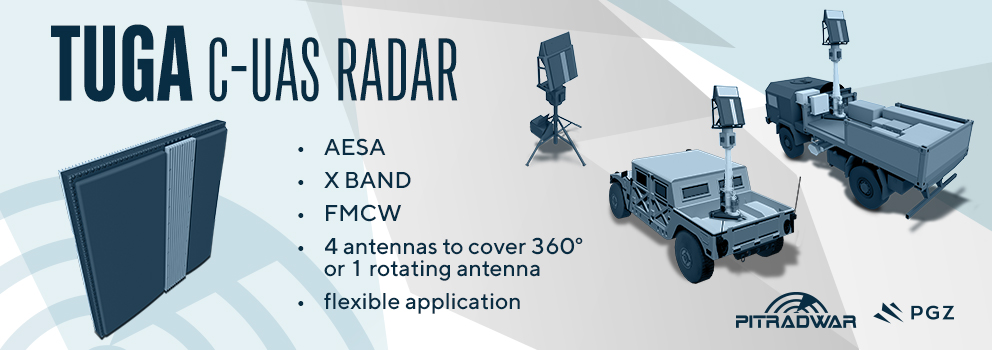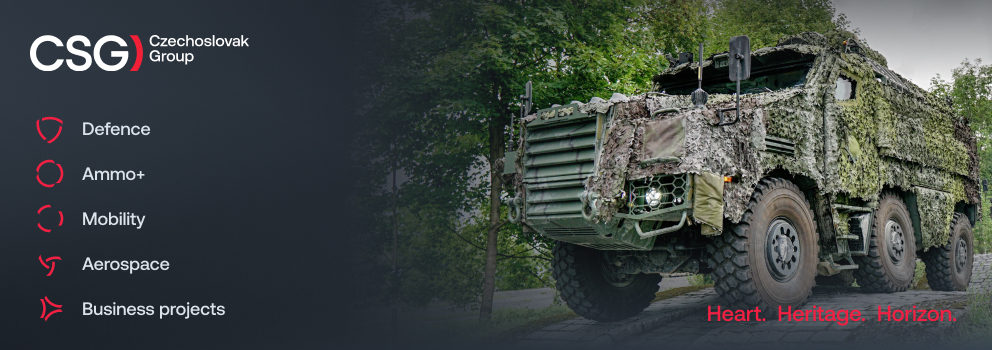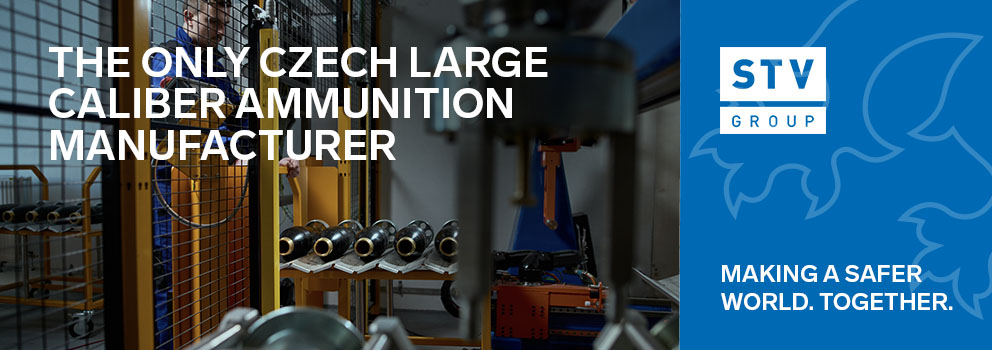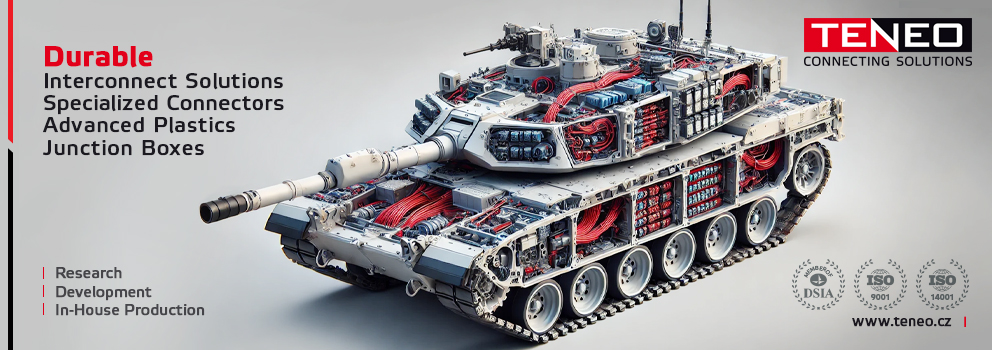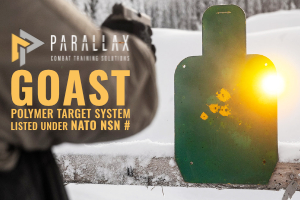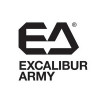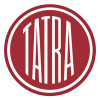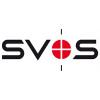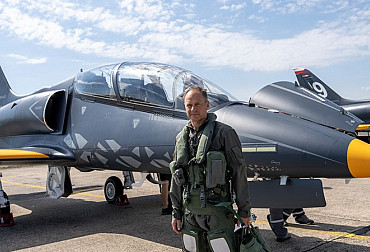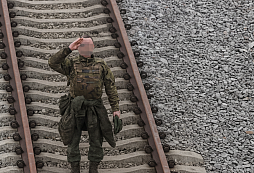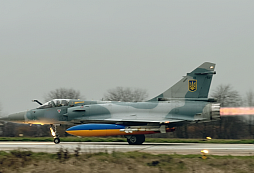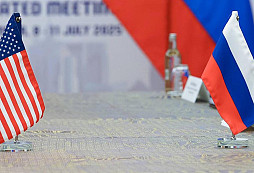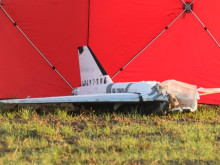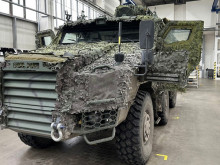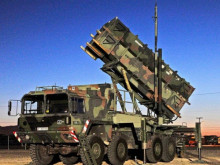Members of the 7th Mechanised Brigade gained their first practical experience with CV90 vehicles
Recently, the first joint training exercise between members of the 72nd Mechanised Battalion of the Czech Army and the 43rd Mechanised Brigade of the Dutch Armed Forces took place at the Hradiště training ground. The aim of this exercise, called STAMPEDING BISON 2025, was to harmonise tactical procedures and familiarise Czech crews of BVP-2 infantry fighting vehicles with the modern CV90 platform and its comprehensive deployment system. The CV90 vehicles will soon be in service with all mechanised battalions of our 7th Mechanised Brigade, based on a 2023 contract for the purchase of 246 of these tracked infantry fighting vehicles for the Czech Army in a total of seven versions.
Video: Members of the 7th Mechanised Brigade gained their first practical experience with CV90 vehicles / CZ DEFENCE
In the introductory part of the exercise, Czech soldiers familiarised themselves in detail with the technical and tactical capabilities of the CV90 combat vehicle, which forms the backbone of the Dutch Army's mechanised units. The exercise emphasized understanding the differences between the CV90 and the BVP-2 in combat deployment, particularly in the areas of sensor technology, fire control, manoeuvrability and integration into the digital environment of today's battlefield. The digital battlefield represents a modern form of combat operations, where all key elements – from individual soldiers to vehicles and headquarters – are interconnected via data networks, sensors and communication systems. This allows units to share information in real time, respond quickly to changes in the situation and control their movements more precisely and direct their fire more accurately. For example, thanks to interconnected systems, a commander has an immediate overview of the positions of both friendly and enemy forces without having to rely solely on visual contact or radio reports.
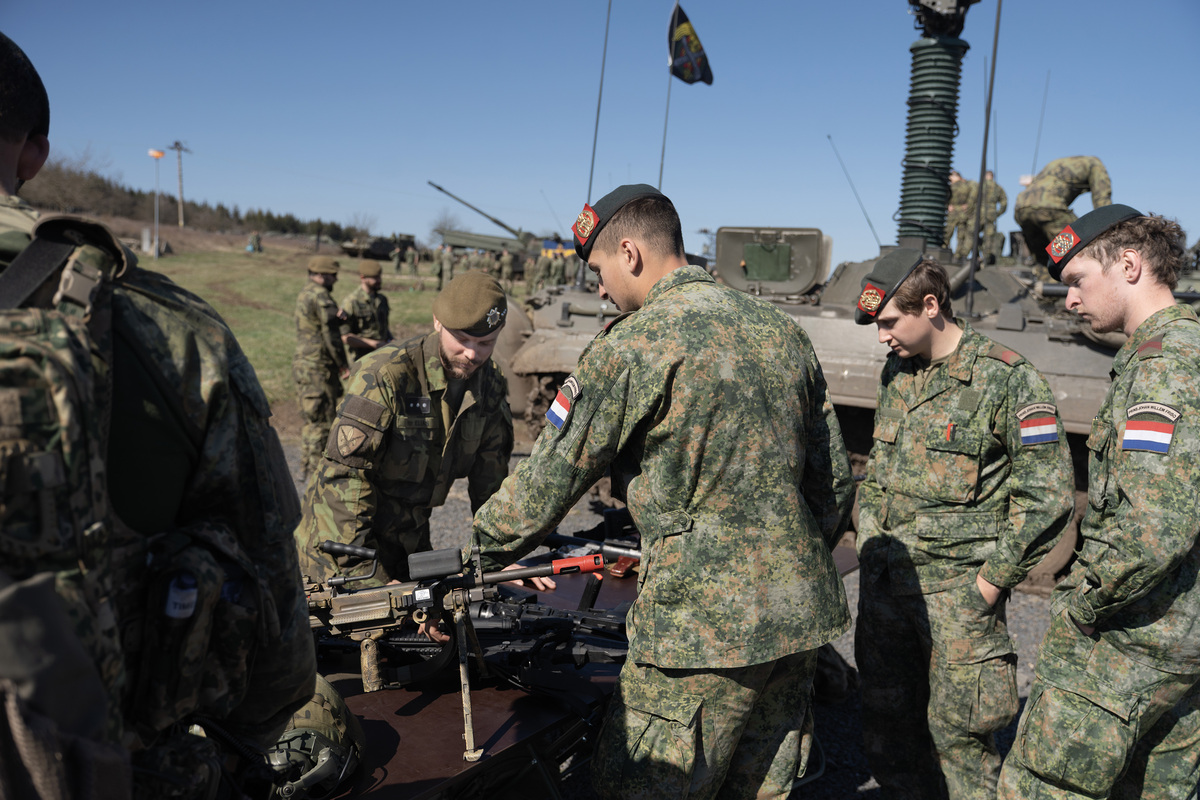
The generational difference between the BVP-2, which currently forms the basis of the Czech Army's mechanised battalions, and the CV90 is truly striking. The BVP-2 is a Soviet-designed infantry fighting vehicle from the 1980s, equipped with a 30 mm 2A42 cannon, basic optical sights and limited ballistic protection. In contrast, the CV90 is a modern Western platform that ranks among the most advanced and best-equipped infantry fighting vehicles in the world. The vehicle's key advantages include modularity, advanced weapon systems, excellent crew protection, advanced sensors, a digital fire control system, the ability to operate in a networked environment and high mobility in varied terrain. BAE Systems Hägglunds is constantly working on the development of the CV90 IFV to ensure that the vehicle is capable of facing new threats on the battlefield and providing maximum support to soldiers in critical situations.
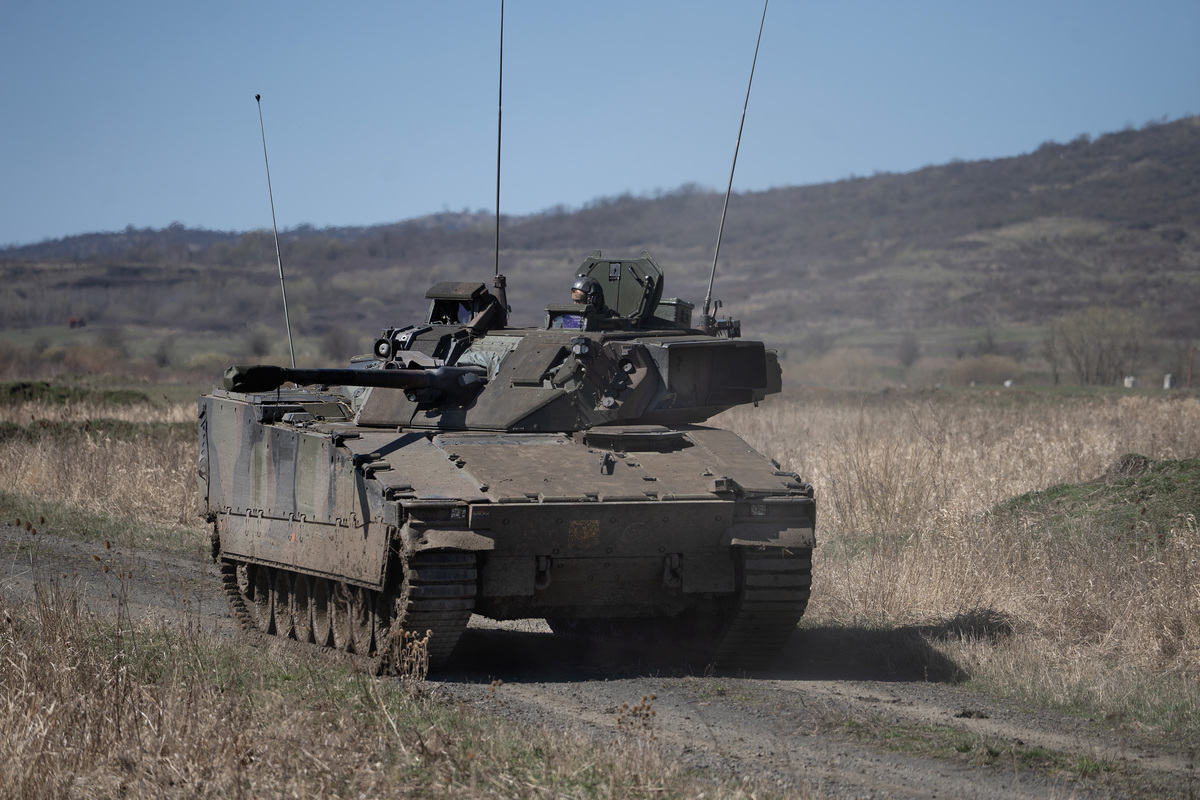
We asked Colonel Jiří Simmer, deputy commander of the 7th Mechanised Brigade, whether the arrival of the CV90 IFV would bring any significant changes to the command of the 7th Mechanised Brigade in terms of combat operations planning. "In general, the system will not change, because we follow NATO doctrine. However, there will be significant changes in specific combat preparation activities, particularly in tactical preparation using new technology. For 40 to 50 years, the Czech Army was accustomed to the BVP-2, which has the same crew but different capabilities in terms of range and observation elements, for example. These new features of the CV90 will enable us to destroy the enemy at greater distances and thus take advantage of the better manoeuvrability of our units," said Col. Simmer.
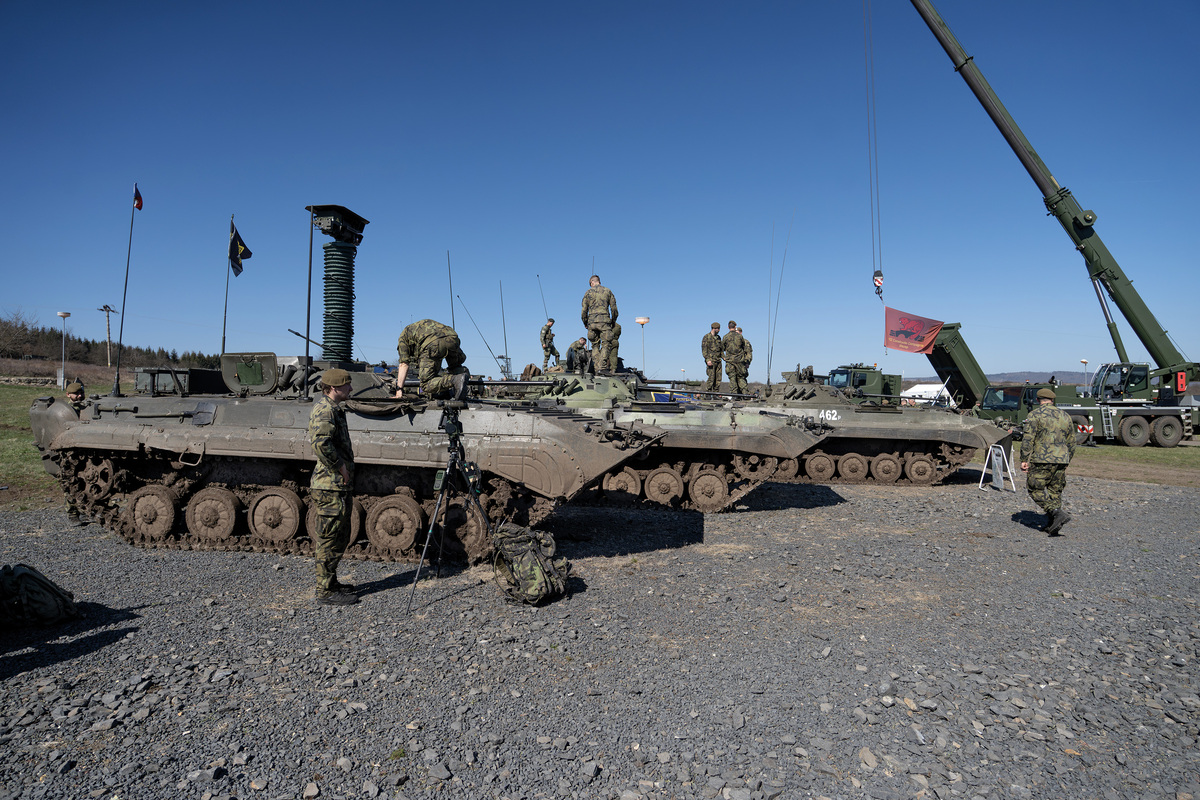
We were also interested in whether there would be any tactical changes in the future to the existing cooperation between the new CV90 tracked IFVs and Leopard tanks. "We are currently in the unit preparation phase, in accordance with the doctrinal regulations of the Czech Army. We are also learning from the various tactical procedures of countries that have Leopards and CV90s in their arsenals, and based on this knowledge, the Military Academy in Vyškov, in cooperation with us and the strategic level, will develop various doctrinal regulations that will then be implemented in practice for the cooperation of these two main combat systems within the 7th Mechanised Brigade," explained the deputy commander of the 7th Mechanised Brigade. "
We also asked Colonel Simmer how the arrival of the new CV90 vehicles will affect the logistical support of the unit in the field, whether the logistical demands will be higher or lower, and how logistical demands will change compared to the BVP-2. "In my experience, all the BVP-2 needed was a large hammer and a few materials, and the soldiers could repair almost everything on the spot, which will be different with the CV90 vehicles, both in terms of stationary repairs and logistical support, as well as logistical support directly in the field, such as repairs, equipment recovery, or ammunition resupply. The current logistics capabilities must therefore be expanded in the future."
However, in addition to the technology itself, the activities of the crews and the infantry being transported also differ. In the BVP-2, the roles of the driver, gunner and commander are relatively limited to basic tasks – movement, firing and orientation in the terrain. The CV90, however, requires more active work with electronics and combat control systems. For example, the vehicle commander operates a digital map, data links with other vehicles and continuously shares information about the situation. The image from the cameras is also available to the soldiers (squad) being transported in the vehicle, providing them with optimal situational awareness so they can better prepare for the landing.
During joint training with Dutch soldiers, Major Luboš Ondruš, deputy commander of the 72nd Mechanised Battalion, highlighted the valuable experience gained by our soldiers, who gained practical insight into the CV90 crew training system, including their approach to command and combat in a digital environment.
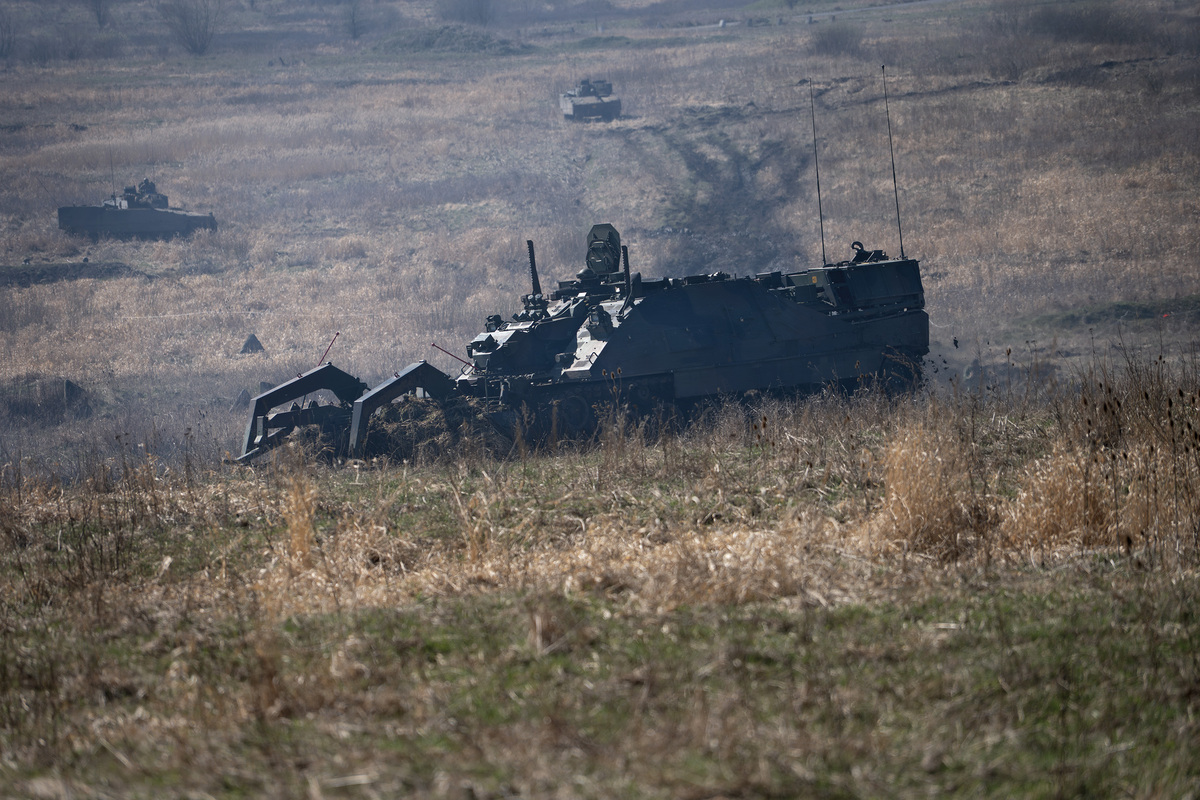
"The new technology (CV90) enables sensory scanning of the battlefield and transmission of all data to an electronic battlefield map, which is linked to overall fire support and the security of tactical manoeuvres. The main benefit of this exercise, especially for combat vehicle crews, is the realisation that modern warfare is not just about technological superiority on the battlefield, but also about adaptability, interoperability and the ability of tactical unit commanders to make quick decisions in the field. With the arrival of CV90 vehicles, it will be necessary to change the procedure for deploying infantry directly on the battlefield due to the sensor equipment and sophisticated protection systems of the CV90 platform. For example, it is necessary for infantry to be deployed from these vehicles at a sufficient distance from the battlefield to ensure optimal conditions for their own protection on the battlefield," Major Ondruš told our editorial team.
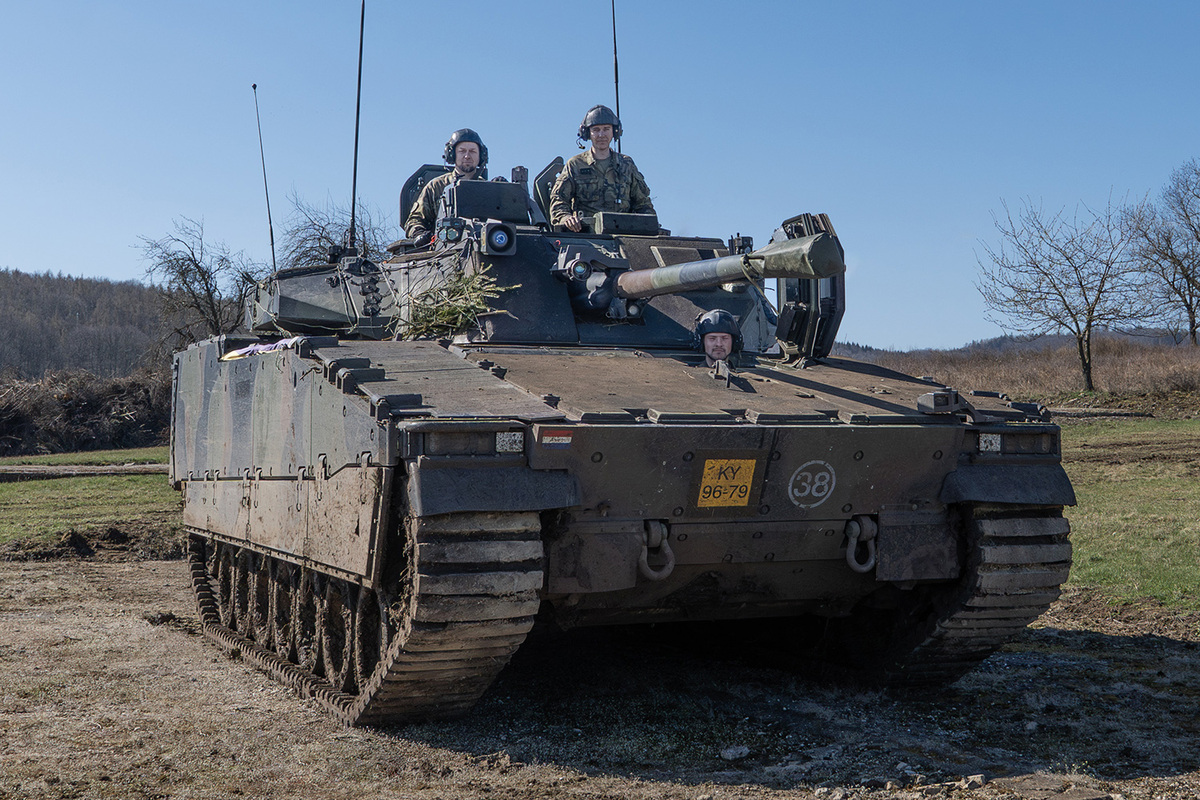
During the training, members of the Dutch brigade also explained to the Czechs the CV90 crew training system, which is based on modular instruction, frequent use of simulators and an emphasis on the independence of vehicle commanders in a dynamic tactical environment. An important part of the exchange of experience was also a discussion on changing the approach to combat management, transferring decision-making powers to lower levels of command and supporting initiative directly at the crew level. The training also included testing logistical capabilities in simulated intense conflict conditions.
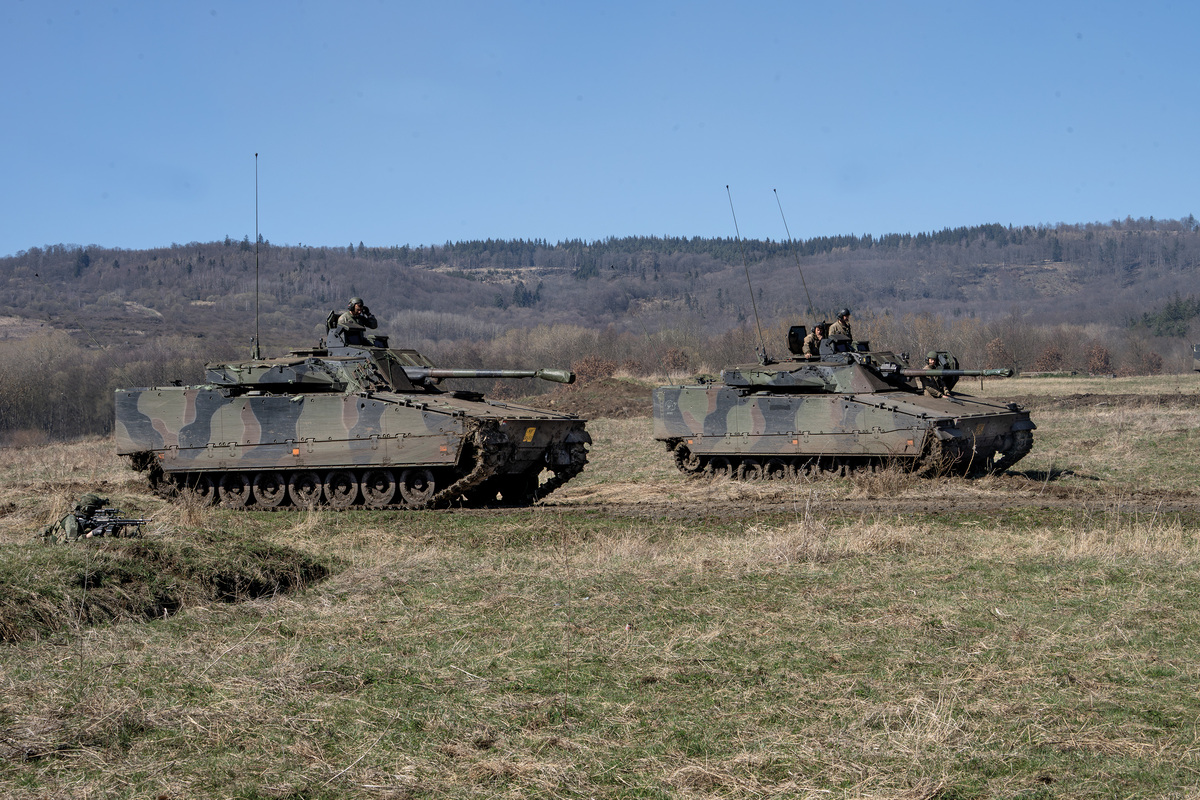
Corporal J. V., a BVP-2 driver, described his personal experience with the CV90 vehicle as follows: "The CV90 is several generations ahead of our BVP-2. It is a huge difference in terms of handling, electronics and comfort for the crew. For me as a driver, it is fascinating how the vehicle responds in the field – smoothly, precisely, and yet it has a higher weight. I was also surprised by how quiet the CV90 is considering its weight and engine size. It's a different world."
In the next phases of the STAMPEDING BISON 2025 exercise, Czech and Dutch units focused on practising offensive and defensive operations in various types of terrain, comparing the tactics of both armies and identifying areas suitable for further development of interoperability.
The final part of the training was a competitive exercise using the Saab tactical simulator, which allows for an objective assessment of the effectiveness of combat tactics, command capabilities and decision-making flexibility of individual units in simulated combat contact. The results of the exercise will be used not only as feedback for command structures, but also for specialist departments involved in modernisation and training.
The STAMPEDING BISON 2025 exercise confirmed that the modern battlefield is not just a question of equipment and technology, but above all of adaptability, thinking and international cooperation. The knowledge gained during this exercise will then be used in the transition of the Czech Army to new CV90 tracked combat vehicles, which will contribute to the better preparedness of the mechanised units of our heavy brigade for operations within NATO forces.
